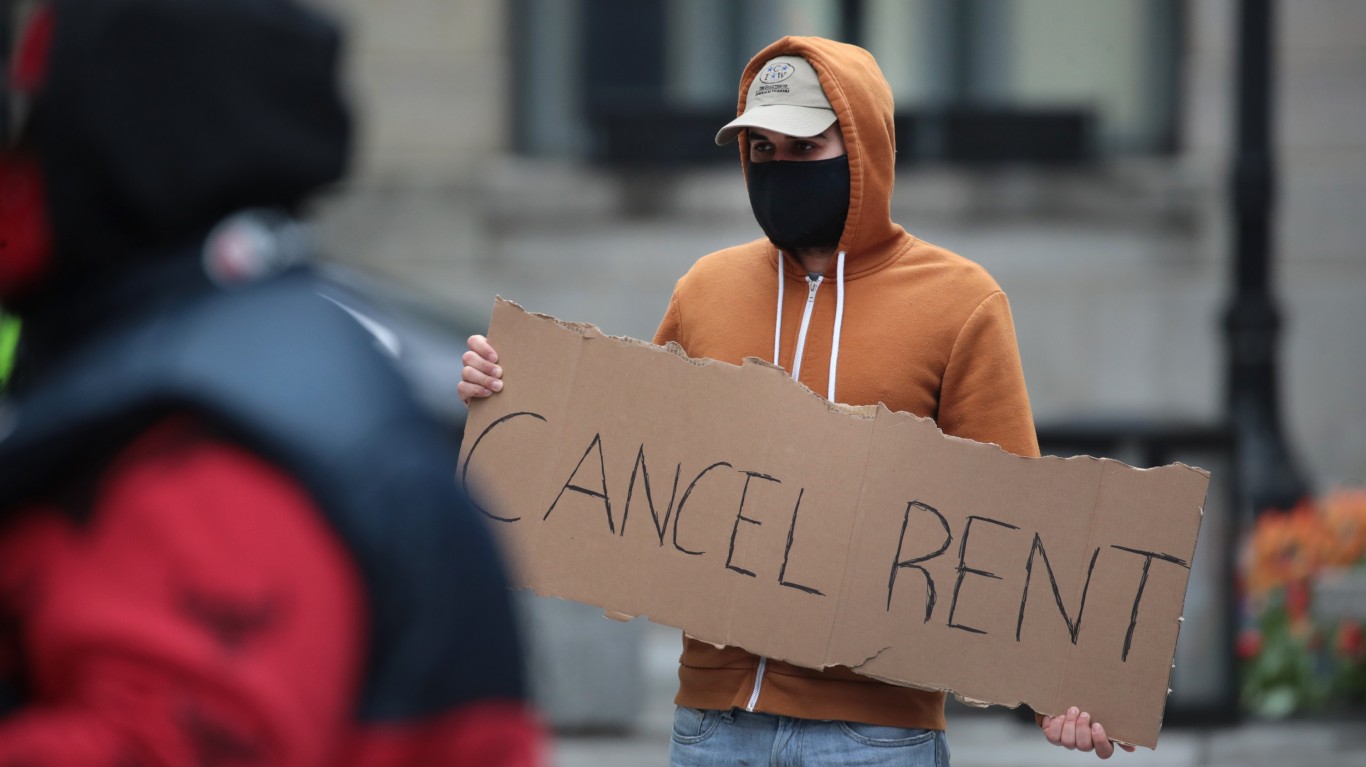
Low interest rates and rising homeowner refinancing pushed down the overall risk of mortgage fraud by 26% year over year in the second quarter of this year. An estimated one mortgage application in 164 contained indications of fraud in the second quarter, compared to one in 123 applications in the second quarter of 2019.
The data was reported Wednesday by CoreLogic, which provides analysis and solutions in the housing market. The firm’s six fraud risk indicators are identity, income, occupancy, property, transaction and undisclosed real estate debt.
In the purchase segment of the mortgage market (excluding refinancings), risk increased on all loan types except jumbo purchases, loans of more than $510,400 in most parts of the country, and more than $756,600 in some high-cost areas. Risk on jumbo loans declined by 26% year over year.
Fraud risk in purchases by real estate investors saw an increase of 74% year over year despite lower volumes and stricter lending guidelines. According to CoreLogic, the risk level in this segment is the highest since the company began tracking the data.
Bridget Berg, CoreLogic’s fraud solutions principal, commented:
Investment loan applications are showing a higher risk because real estate investors have a profit motivation for their activity. This introduces other factors and increases the risk compared to a purchase for personal use. Investors often own other real estate and are more likely to have undisclosed ownership and transactions in process. Conversely, VA loans have lower risk because they are restricted to a select group of borrowers and are for personal occupancy, except for certain [refinancings].
Overall, the risk for purchase applications has risen by 6% year over year. Property fraud risk, such as lying about a property or its value, is down nearly 38% year over year and transaction fraud risk, including failure to disclose third-party risk, and imaginary buyers, is down more than 33%.
Of the six types of fraud risk, the only one that increased was occupancy fraud, which occurs when a mortgage applicant lies about the intended use of the property. Occupancy fraud risk fell by just over 25% over the past 12 months. Fewer applications also contained fraudulent statements about the buyer’s identity (down nearly 15%) or income (down more than 20%).
The 10 states with the highest mortgage application fraud risk are New York (index score of 177), Nevada (155), Florida (141), Hawaii (137), Maine (115), California (113), Delaware (112), Arizona (104), Connecticut (104) and Georgia (102).
On a slightly different topic, CoreLogic Inc. (NYSE: CLGX) on Wednesday acknowledged that is holding preliminary discussions with a potential acquirer that could value the company at $80 or more per share. Shares traded at around $77.30, up more than 13% for the day, after posting a 52-week high of $78.45 earlier this morning.
Travel Cards Are Getting Too Good To Ignore (sponsored)
Credit card companies are pulling out all the stops, with the issuers are offering insane travel rewards and perks.
We’re talking huge sign-up bonuses, points on every purchase, and benefits like lounge access, travel credits, and free hotel nights. For travelers, these rewards can add up to thousands of dollars in flights, upgrades, and luxury experiences every year.
It’s like getting paid to travel — and it’s available to qualified borrowers who know where to look.
We’ve rounded up some of the best travel credit cards on the market. Click here to see the list. Don’t miss these offers — they won’t be this good forever.
Thank you for reading! Have some feedback for us?
Contact the 24/7 Wall St. editorial team.


